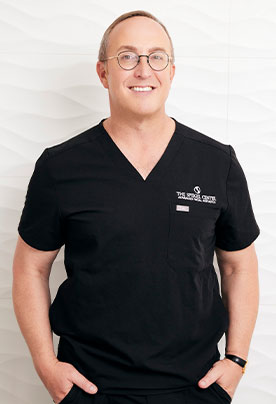Men and women alike are concerned with the appearance of fine lines and wrinkles on their faces. There are many different options out there for treating these, but anti-wrinkle creams and facial fillers are by far the most common. There are many differences in these, and it pays to understand them in order to get the best results possible.
How Anti-Wrinkle Cream Works: Prevention
The primary use for an anti-wrinkle cream is to prevent the appearance of fine lines and wrinkles in the skin by keeping it hydrated and boosting the formation of collagen, or the substance that is responsible for keeping the skin elastic. Once skin loses its elasticity, gravity takes a toll and begins to pull it downward. This increases the formation of lines and creases on the face as well as on other parts of the body. An anti-wrinkle cream contains one or more ingredients that are designed to hydrate, prevent damage and promote the formation of new collagen.
Treating Existing Lines with Anti-Wrinkle Cream
Although anti-wrinkle cream is primarily about prevention, there are some out there that claim to treat existing lines and wrinkles. These contain ingredients that either “plump” the skin temporarily and cause the wrinkles to become less noticeable, or they contain other things that are scientifically proven to reduce their appearance. It is worth noting, however, that many of the results that can be obtained through these creams are either temporary or minimal at best. Those who want to reduce their wrinkles in a more noticeable way should consider the use of facial fillers, which can only be administered by a dermatologist or a physician.
Types of Facial Fillers
There are many different types of facial fillers out there. These fillers are well known for being less invasive than cosmetic surgery, though they still provide outstanding results for a duration of four months to a year. Juvederm®, Restylane® and others are considered hyaluronic fillers because they contain a substance known as hyaluronic acid, which is suspended into a gel and then injected into the areas that are to be treated. These substances then plump the area and greatly reduce the appearance of lines.
What about Botox®?
While there are many people who tend to confuse Botox® with fillers, Botox® is actually a bacteria (similar to the toxin that causes botulism, though not the same) that actually paralyzes the muscles in the face, causing them to relax. In turn, even deep creases and folds will appear less noticeable. Like fillers, Botox® injections last for about three to nine months, and must be repeated in order to maintain a youthful appearance. These injections can only be administered by a licensed dermatologist or physician.
Anti-wrinkle creams and facial fillers both have their benefits, but anyone who is considering the need to reduce creases, folds and wrinkles should understand the difference prior to making a commitment. In fact, the two can be used in combination, if desired, to help create younger-looking, supple skin.





